I went to Montessori school when I was a kid. I remember the metal cutout shapes and wooden blocks and rows of tiny plastic beads meant to represent numbers. I don’t remember much else about the experience other than that I had really liked it. So when I had kids of my own and the time came to send them to school, I was pleased to know that Kent County has a Montessori preschool/kindergarten—and a really good one at that.
My wife Robbi and I enrolled our daughter Alden in the Friendship Montessori “primary” classroom this past fall (she’s almost five), and our son Kato (age three) entered the “pre-primary” group for younger kids in January. Every day, they’d come home smiling and happy but would not provide the detail we sought.
Us: What did you do today?
Them: We learned.
Us: What did you learn?
Them: Stuff.
“Learning stuff” was a positive thing, of course, but curiosity demanded that we take a closer look. And so Robbi and I spent a morning at Friendship Montessori a few weeks back, she armed with a camera and I with my notebook.
First of all, a bit of a primer: Montessori is an educational approach pioneered by Italian physician Maria Montessori in the early 1900′s. It emphasizes mixed-age classrooms, student choice of learning activity, the development of practical skills, uninterrupted blocks of time for exploration, and the idea of learning by working with materials. Holli Mathison started FMS in 1992 so that she could send her own boys to Montessori preschool and kindergarten. Her youngest son is now 16, but subsequent generations of Kent County kids continue to reap the benefits of Holli’s vision.
On the morning of February 19, Robbi and I walked into the primary classroom and were confronted with a an orderly mass of kids in the midst of collective, yet highly individualized, doing.
They were not sitting in rows while a teacher spoke. They were not passively absorbing. No. Each and every one of them was engaged in an activity of his or her own choosing. In Montessori parlance, these activities are called “works” and are designed to convey a host of intellectual, practical, and constitutional skills.
The works were situated on shelves around the room, each on an individual tray.
We watched as children picked up the one that interested him or her and took it to a table or corner of the room to explore.
Alden was grading colors by shade.
Jamison was practicing his buttoning skills.
Emma was using golden beads to learn principles of addition. By breaking down math into tens and ones and using the beads as tangible anchors for abstract concepts, she was able to add two- and three-digit numbers on her own.
Other kids were coloring Chinese masks.
Liza modeled hers for me.
Every morning there is an art project for kids who want to do it. Today’s was designed to fit the theme of the month: Chinese New Year. Every few weeks, the the theme changes, whether it be outer space, Marc Chagall, or the presidential election.
But on the day we visited, China was everywhere—from the colorful lamps that hung from the ceiling…
…to images of Chinese icons and landscapes that lined the walls…
…to the table full of touchable Chinese artifacts and ephemera.
On the back of the classroom door was a display noting which “year” in the Chinese astrological calendar each of the students and teachers (and visitors) could claim.
Apparently, I am a Tiger. And not too old to learn something new.
I asked Willow if she knew where China was.
She knew just where to find it.
While some kids were thinking about China, others were pursuing other interests.
Madelyn was examining the strings of colored beads, each representing a different number.
She selected one, brought it to a table, and started her work.
Which was to count the long string of beads by breaking it into digestible chunks.
Aided by a series of small paper arrows, each containing a number divisible by 5, she carefully counted the entire string.
I was so impressed by the care she took. It was no easy task and it took a long time, and yet she stuck it out and finished.
In the process, she honed her math skills, flexed her muscles of concentration, and got a chance to revel in the thrill of hard-won accomplishment. And she did it almost entirely on her own. That’s the Montessori way.
The first time a child does any given work, a teacher gives a one-on-one tutorial, explaining how it works and observing until it’s clear that the student grasps the fundamental concepts. After that, most work is self-directed. The teachers move around the room with open eyes and ears, offering help and guidance when it is needed, but otherwise, the kids are on their own. And as such, in every work they complete, a residual benefit is independence and self-confidence.
While Madelyn was counting beads, Emma spent a few minutes at the tea table, a work that combines precision (pouring tea from the pitcher into the cup; picking up the tea cakes with tiny tongs) and reflection. The tea table is situated by the window so that the children can look out at nature while they enjoy a few quiet moments in the sunlight.
Meanwhile, Cannon was doing a painting on the Magic Board.
On the porous surface, the water dries quickly, thus the painting disappears even as it is being applied. The Magic Board work combines a creative exercise with lessons in ephemerality. Remember that this is preschool.
Mary Jane chose a work in which she used a turkey baster to suction liquid from one container before squirting it into another. Notice that the liquid is green, matching the bowl. It could have been clear, but in the Montessori classroom, aesthetics are important. Beautiful materials are part of the experience.
At the next table, Lily was pouring liquid from one pot to another and then back again. She dabbed up the liquid with a sponge when she spilled.
Spilling is ok in Montessori. Breaking things is ok. When something goes wrong, the emphasis is on taking a moment to clean up and regroup. And to reflect on the fact that if something breaks, it doesn’t automatically regenerate. Montessori teaches kids about how life actually works and gives them the tools and perspectives they need to handle it.
Meanwhile, Jamison was doing a work in which he took golden coins from a silver bowl and fed them into a tin with a slot in the lid, piggy bank style.
Madelyn’s work was placing dozens of tiny plastic beads onto dozens of tiny plastic posts—in the shape of a heart. Here was patience, precision, and creativity all tied up in a fun, aesthetically pleasing project.
Jamison was done filling the tin with coins, but he couldn’t get the lid off. So Madelyn came to the rescue.
One of the central tenants of Montessori philosophy is mixing kids of various ages so that the older ones can help the younger ones learn.
In so doing, of course, they help themselves, too—gaining patience, kindness, and the kind of confidence in knowledge that only comes when one is called upon to share it with others.
The lid successfully removed, Jamison began the process of returning the coins to the silver bowl. (A work is not complete until returned to its original state, so that it is ready for the next child that chooses it.)
And Madeyln got back to her plastic beads.
This is how Montessori works: punctuated movements from solitary work to group activity and back again to one’s original project.
Sometimes, works involve multiple participants from the start.
For example, Liza and Willow worked together to stack a series of graduated cubes.
They may have been developing their spatial relations, object differentiation, and fine motor skills, but as far as they were concerned…
…they had just accomplished something wonderful.
And they had done it together, so add collaboration to the list of hidden benefits gained from the exercise.
Lest you think that Montessori is little more than benevolent anarchy, the teachers are an integral part of the process, offering constant, careful, unobtrusive guidance. In the primary classroom, there are three teachers for a group of 18 kids, and they are in constant motion, most often working one-on-one with students on the more complex tasks known as “teacher works.” Every day, the teachers make an individualized lesson plan for each student, outlining lessons that balance developmental nourishment with intellectual challenge.
Liza’s lesson plan for the day included works emphasizing reading and writing, so Kelly and Liza worked together on learning simple words.
Kelly guiding..
…and Liza practicing her writing.
Watching, it was clear how connected the two were, how well Kelly knew Liza and understood her learning style. Kelly did an incredible job of balancing freedom and structure, firmness and love. Liza worked through some challenges, yet emerged with a smile on her face.
When she was done helping Liza, Kelly worked with Alden and Willow on the trinomial cube, a colorful geometric puzzle that teaches abstract math concepts while building concentration and focus.
In another part of the room, Holli and Mary Jane worked together on math word problems using glass beads as counters. The teachers customize the text of the word problems, adding the students’ names to help them connect to the work.
Working with Amy in the far corner of the room, Wilow learned the parts of a turtle.
Meanwhile, Kelly was working with Wyatt on a Montessori staple known as sandpaper letters.
Each tile contains a separate letter form. The tiles are smooth, but the letters are made of sandpaper. The child runs his or her finger along the letter, learning its shape with help from the texture.
Wyatt was learning the sounds of his letters by associating them with objects.
For example, “tuh” (the sound the T makes) is for turkey.
Afterward, Kelly and Wyatt made words with the letters. There was laughter throughout the lesson. And, really, why shouldn’t learning be fun?
No far away, Holli worked with Cannon and Sarah using a set of graduated blocks. She demonstrated one way of lining them up.
But soon, the kids realized that there were other possibilities. First, they stacked them horizontally…
…and then vertically.
Eventually, they enlisted Holli to help the structure rise above kid height. Holli tried her best to get the skinniest piece to balance atop the tower, and yet…
…ultimately was left to demonstrate the the value of having a solid Plan B.
Everywhere I looked, kids were in self-propelled motion, selecting activities that interested them, and doing the work until they felt ready to do something else.
I found myself wondering: why can’t all learning be this way?
Just then, the lights went out and the children all stopped what they were doing. Without being prompted, they put away their current works, and sat in a circle on the floor.
The children sang several songs and then Holli gave the day’s lesson, which was focused on China. She shared a photo-heavy Chinese cookbook and asked the kids to notice the ways in which the cuisine differed from and was similar to their own experiences with food.
The kids registered a mix of excitement and delight at the thought of frog on the menu, but most of them agreed that rice was an ok thing to eat. The China unit will culminate in a stir-fry extravaganza, each child’s family contributing one ingredient to the dish, which the students and teachers will cook together in the classroom.
After the lesson, Holli assigned the jobs for the day. On a rotating basis, the kids take responsibility for helping to run the classroom. One sets out the lunch boxes, one serves the snack, one chooses the book at story time. The point is taking personal responsibility, contributing to the group effort, and recognizing that they are capable of so much more than adults often assume.
Liza’s job for the day was checking the weather.
And reporting on her findings.
Circle time ended with a full-group song and dance wigglefest around the room. The goal may have been to burn off steam, but the kids sure had had fun.
Meanwhile, on the other side of the building, the pre-primary group (mostly 2-3-year-olds) were living in a parallel universe. They were doing all the same Montessori stuff, but on a slightly smaller scale.
Making art.
Doing works.
Slightly simpler than the ones in the primary room, but just right for the younger kids.
The pre-primary kids also have daily jobs.
And they do teacher works as well. Jill helped Kato use colored beads to learn about numbers. There are three teachers for 12 students in the pre-primary class, so there’s even more time for one-on-one attention.
And plenty of time for snacks.
The morning work behind them, the children started cleaning up their classroom in preparation for snack, which would be followed by time to play outside, lunch, and an afternoon nap.
We thanked Holli and prepared to take our leave. In parting, she told us two things: One, the number one goal of FMS is to ensure that each child’s first school experience is a positive one, that they build a strong foundation for future schooling grounded in solid skills and a love of learning. Second, Holli was proud to tell us something she had learned the day before. That every single FMS grad at Galena Elementary School had made the first semester honor roll.
Holli’s words back up everything Robbi and I have experienced as FMS parents so far. Both of our kids seem to love their school. They’ve made great friends. They’ve gotten more confident. They adore their teachers.
And now I see that they spend their days following their interests, at their own speed, surrounded by good friends, teachers that genuinely care about them, in a supportive environment surrounded by beautiful, stimulating materials.
It is these wonderful materials I remember across those thirty plus years.
Spending the morning at Friendship Montessori, I was reminded where a part of me came from.
As for my own kids, I’m far less concerned now with the answer to the question of what they’re learning on a given day.
I just know it’s something good.
In case you’re wondering, Friendship Montessori School is now welcoming children ages 2-6 for the 2013-2014 academic year.
Friendship Montessori School
PO Box 6
25528 Worton Lynch Road
Worton, Maryland 21678
www.friendshipmontesssori.org
410 – 778 – 5663
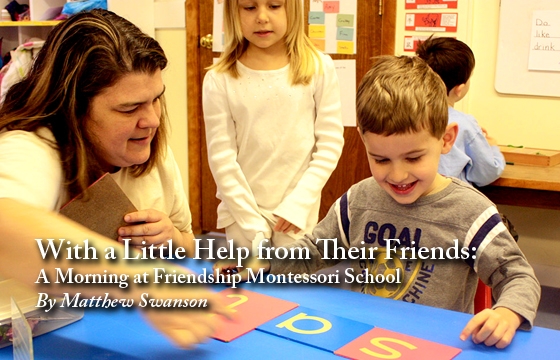






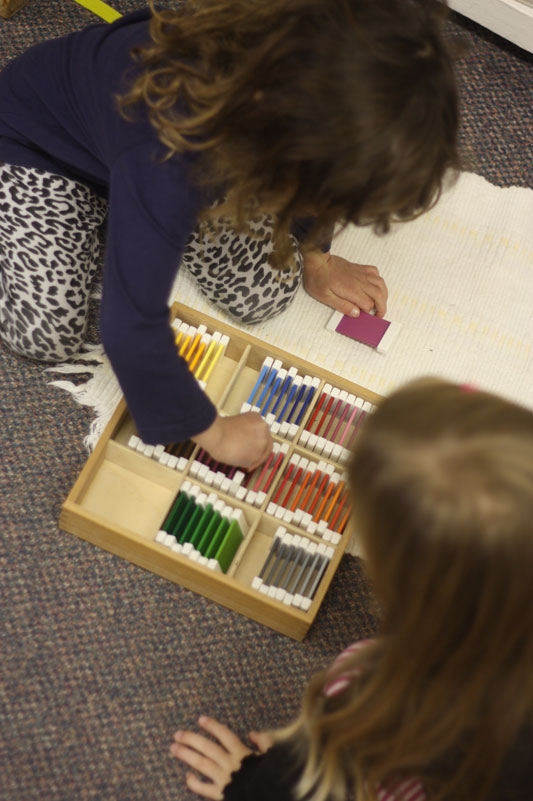
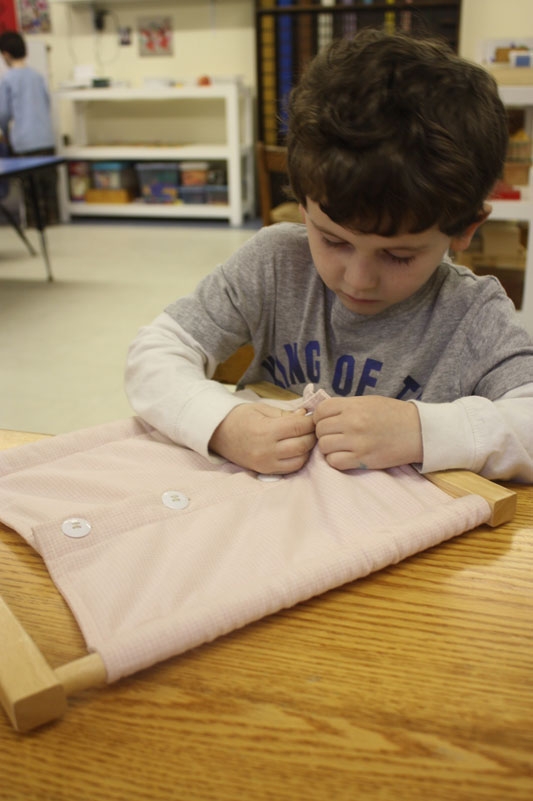





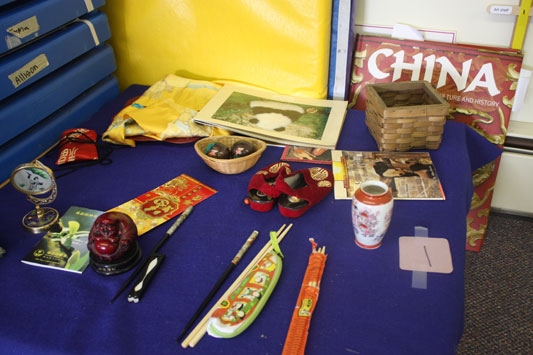
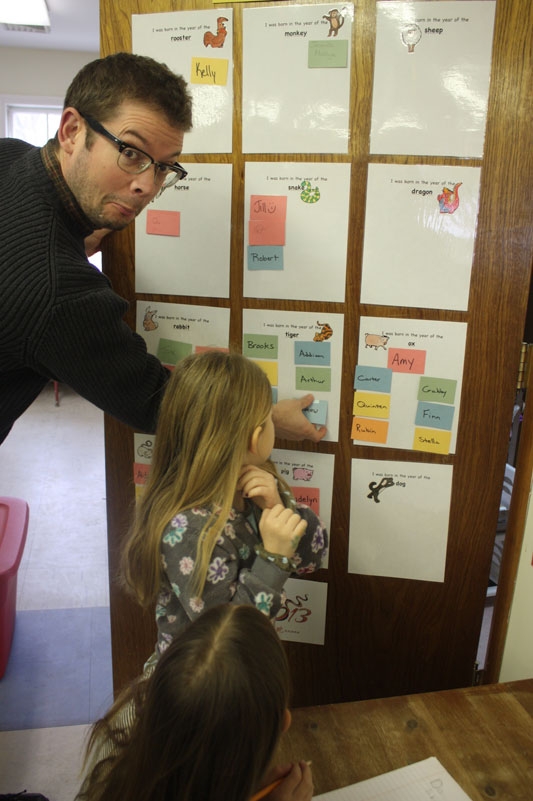


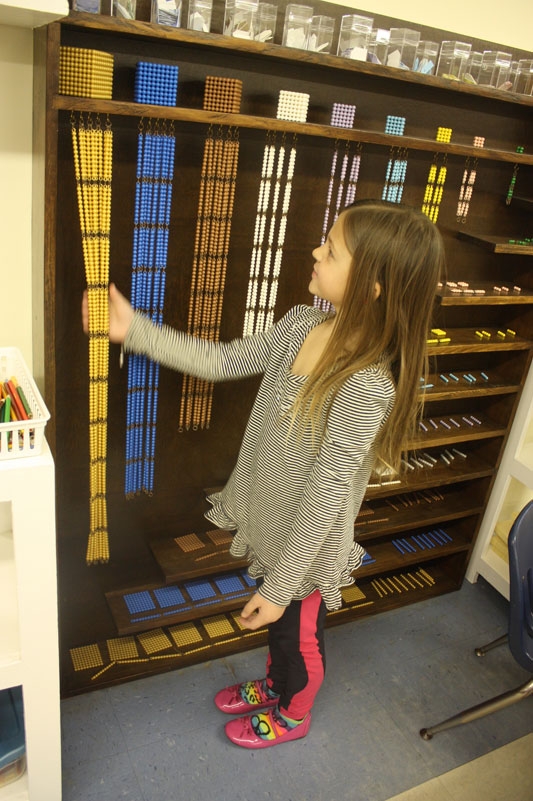

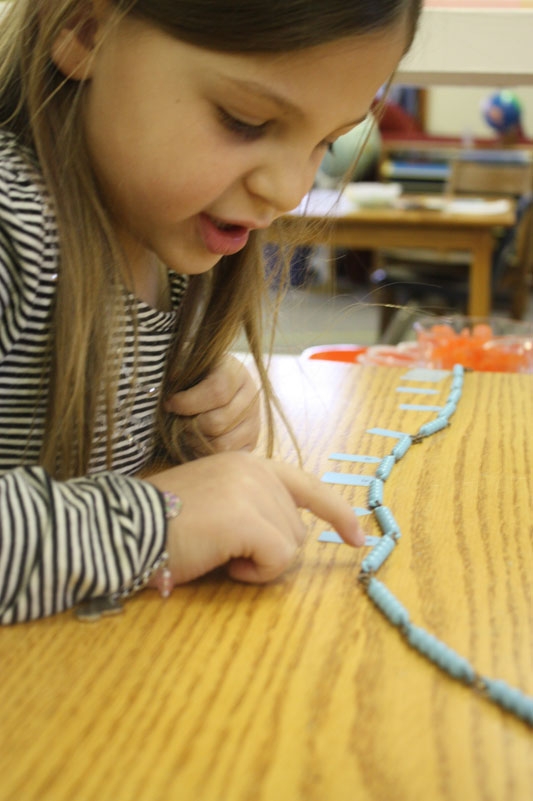

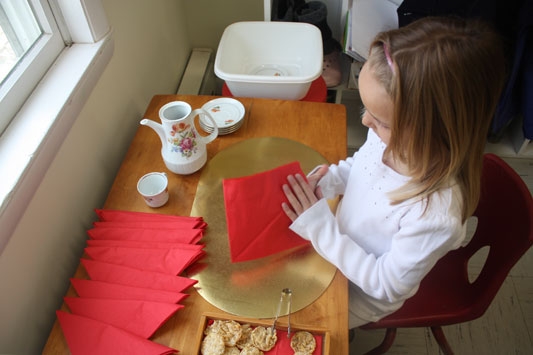




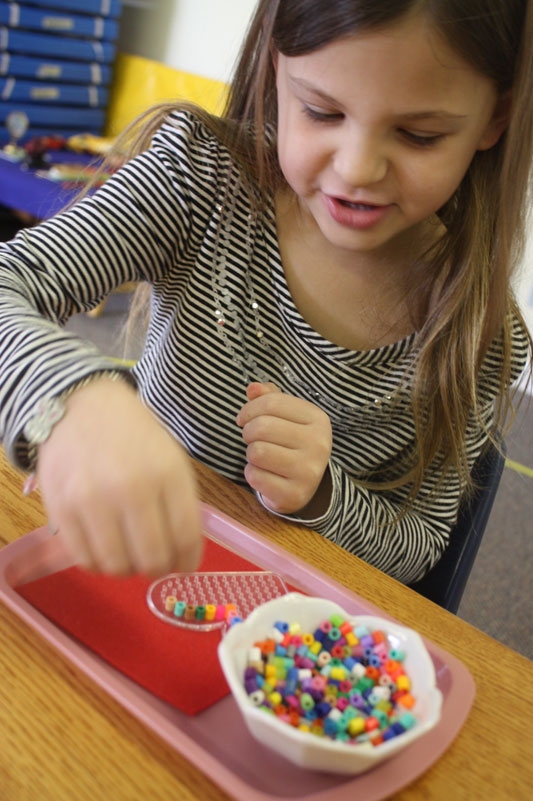


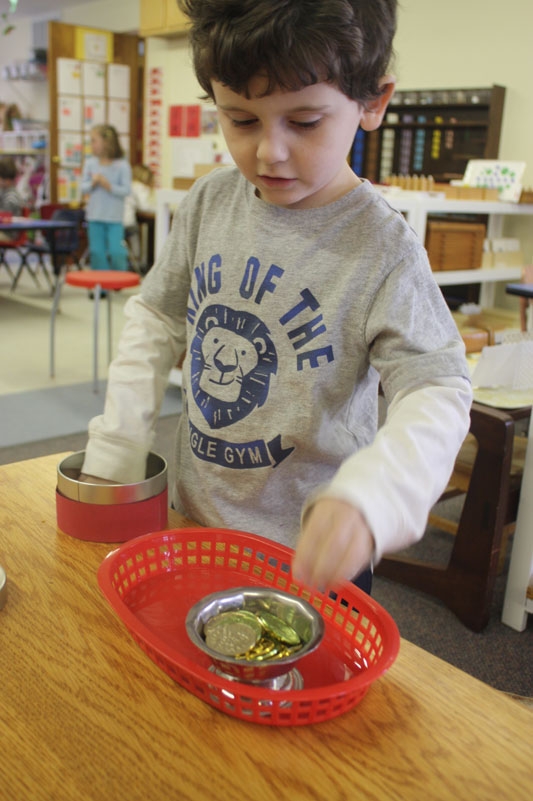
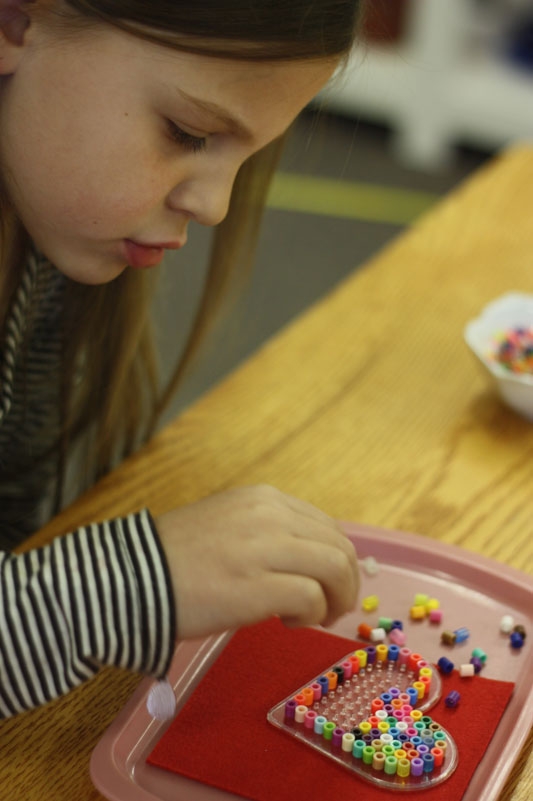







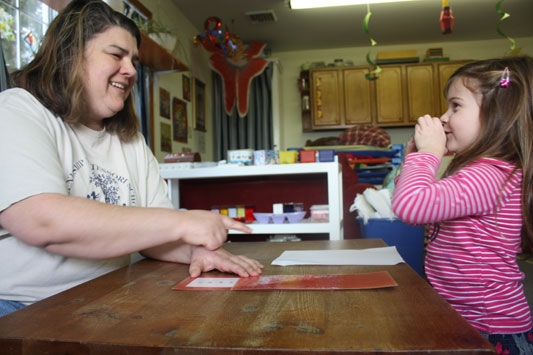





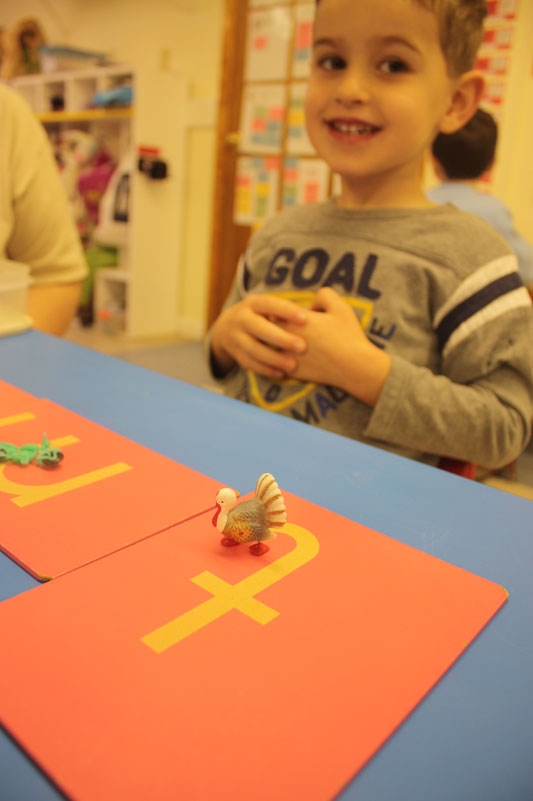



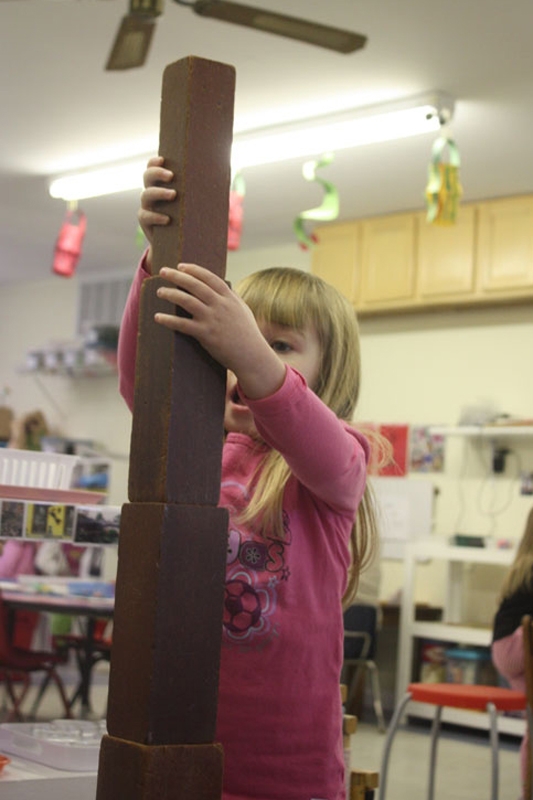
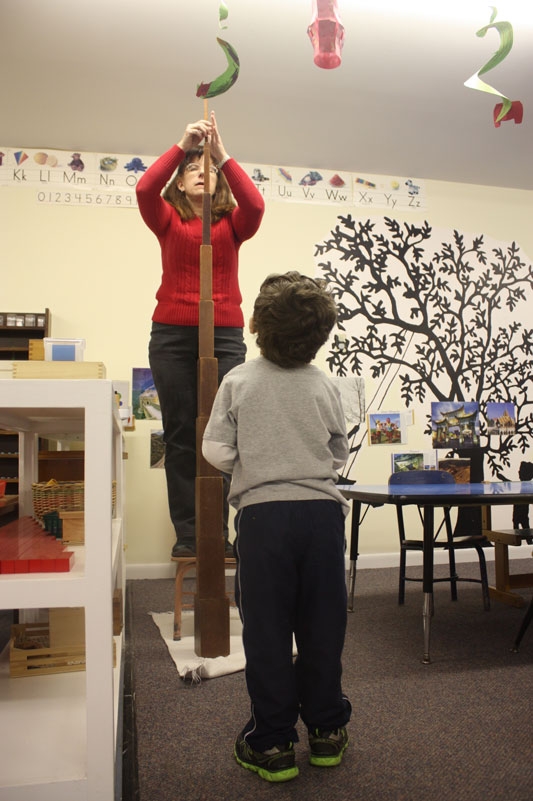







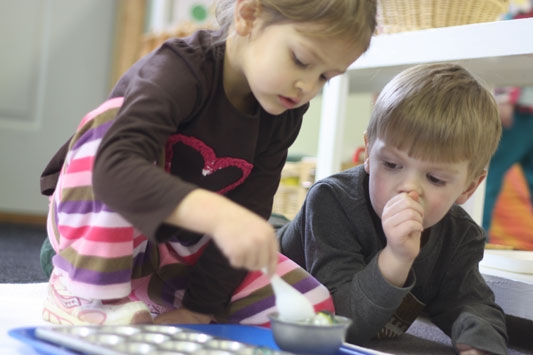






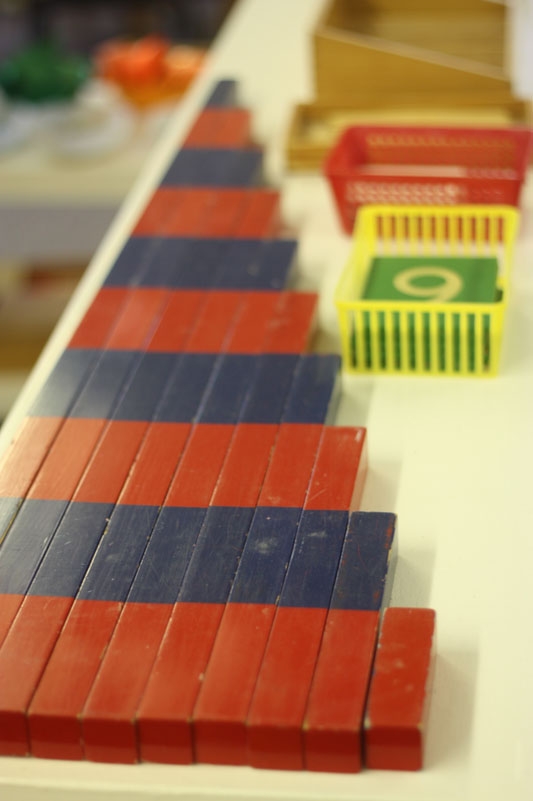
Liza Brocker says
Both my kids had fantastic experiences at FMS. Holli and her wonderful staff provide a a joyful, challenging and loving environment for kids to learn and grow.
Liza Brocker
Carla Massoni says
When can I go to Friendship Montessori School? Would love to see these concepts of learning available to all of our children in Kent County. Thank you to Holli for her vision and hard work.
Nina Arnold says
My son was given so much love and attention in his three years at FMS: the staff there gave him a very solid foundation of learning. It was a wonderful experience and I would recommend that everyone make the investment in their children’s future by sending them there!
Kathryn Hogans says
Editor,
FMS is truly a wonderful place. Both of my daughters attended for their first 3 years of school and had the best experiences. They were engaged everyday and became inquisitive learners. All learning was accomplished in such a warm, loving and thoughtful environment. We were just sorry to have to move on after kindergarten. FMS is a gem!